Valve Corrosion - Why is this So Important when Considering The Choice of Valve Packings?
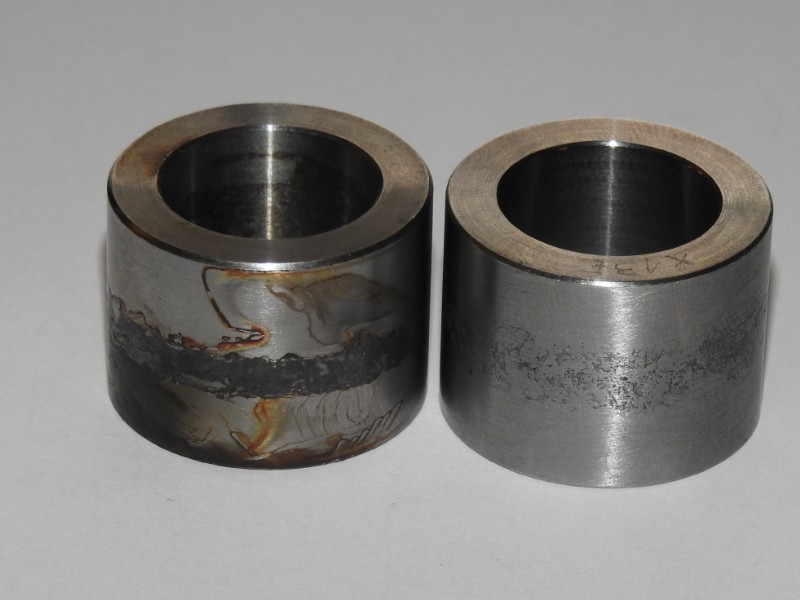
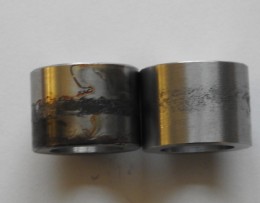
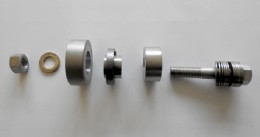
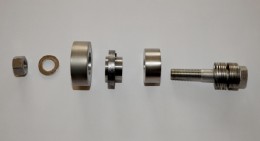
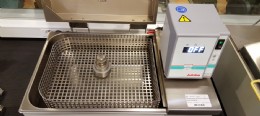
Usually the main reason for corrosion in a valve is when the metal has broken down or has been damaged through chemical reactions.
The corrosion we are familiar with is that which affects steel; the presence of oxygen in the air, with a bit of added moisture, is enough for something that is made from steel to begin the corrosion process, most of the time this is accelerated by other environmental factors.
Some locations are more prone by corrosion than others. This maybe because they are closer to the sea. But a harsh environment is not a requirement for Valves to start corroding, the most common type of corrosion in is in fact galvanic.
Its when two different metals are electrically coupled in the presence of an electrolyte (i.e., an electrically conductive fluid such as salt water), an electrical voltage or potential is developed between the two metals. This voltage will drive electrical current and will cause accelerated corrosion of one of the metals. The metal that exhibits accelerated corrosion is called the anode while the other is the cathode. The cathode is said to be more noble than the anode.
Packing selection
There are many seal suppliers who supply to the valve industry. Packings are made all around the world, but not all packings are the same.
There are packings that meet a commercial requirement and some that meet regulatory specification like ISO, API, TA Luft. The main difference is what they contain within the material. The cheaper the seals the more impurities are likely to be in the material and therefore they have a greater risk of galvanic corrosion and possibly premature failure.
In the compression packing industry, galvanic corrosion is commonly encountered when a valve is packed with a carbon and/or graphite packing set. Without corrosion inhibitors, the stem becomes an anode and may become corroded.
TESTING for galvanic corrosion
Here at Latty we spend many hours testing valve packing for corrosion to ERD 2198A.
The corrosion can be controlled or eliminated by two main methods:
Active inhibitor (or sacrificial)
Extensively used packing manufacturers
In general zinc is used due to cost
Zinc is more anodic than any of the steel variations. The corrosion attacks the zinc instead of the steel
The active systems are sacrificial in nature, since the zinc is gradually consumed over a period. The steel of the stem and box will continue to remain protected if an adequate amount of zinc remains available to function as the sacrificial anode.
Passive inhibitor (Protective Coating):
Inhibitor used by Latty,
Passive inhibitor systems provide corrosion protection by building a film-type protective coating over the stem
Once this film is formed, the electrical contact between the two dissimilar materials are broken and the corrosion reaction stops.
This inhibitor Guarantees an unlimited protection.
In Summary: Please give the same consideration to packing as you do to your valve material.
Tel: 01777 708 836
Email: robertjones@latty.co.uk
Web: www.latty.com

| Telephone: | 01777 708 836 |
| Email: | sales@latty.co.uk |
| Website: | www.latty.com |
| More information on the Latty International Ltd BVAA Member Directory Page |
Search related valve / actuator articles: Latty International LtdIssue 44TestingSealsMaster ClassValve Covers







-web.jpg)





